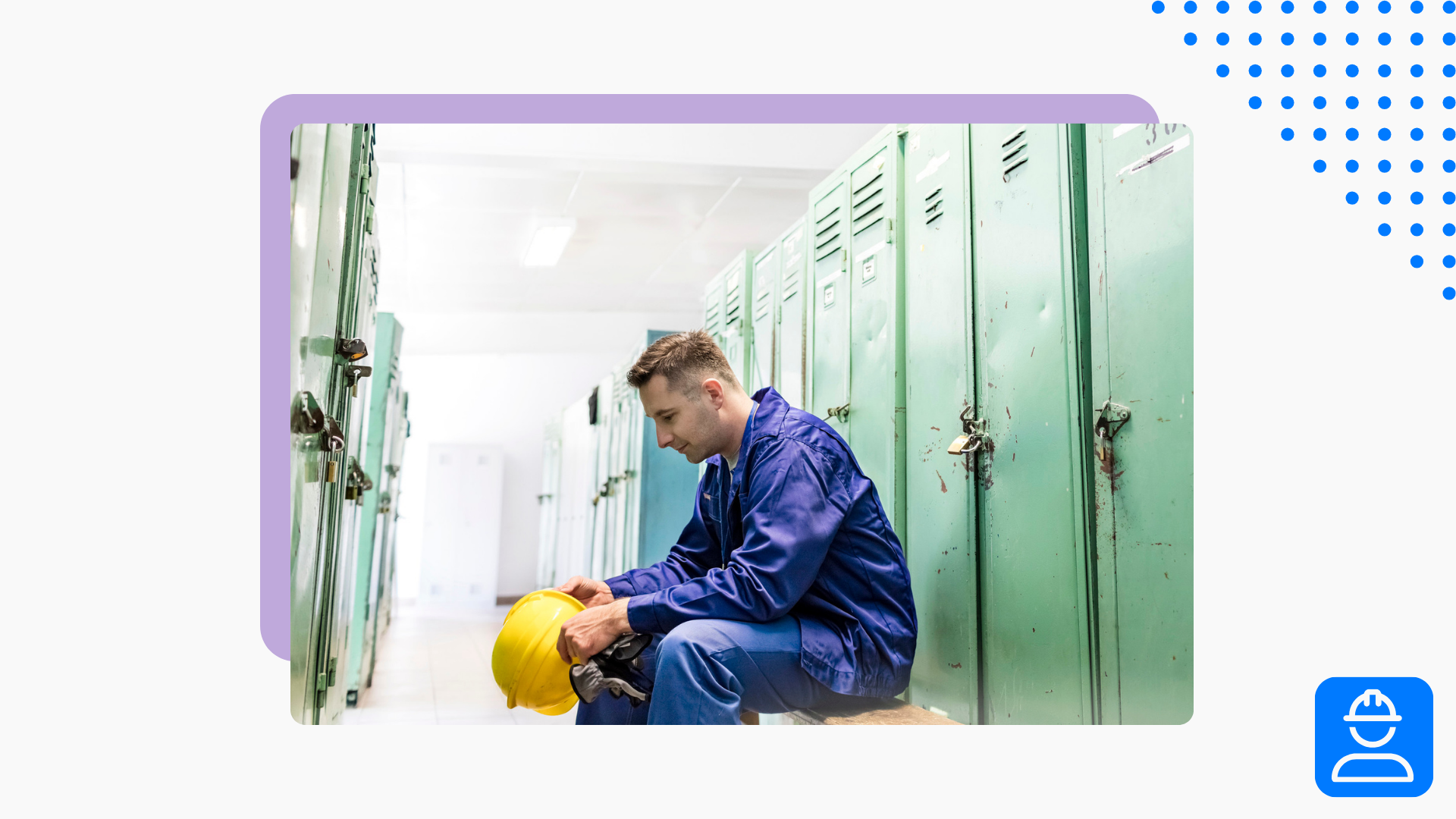Personal safety training is essential for creating and maintaining a safe work environment. In particular, a successful training program teaches employees the role they play in keeping themselves and each other safe. If you don’t implement individual accountability measures at your site, your EHS team may struggle to reach its goals.
What is personal safety at work?
In the workplace, personal safety refers to the responsibility of individuals to practice situational awareness and protect themselves from safety hazards. By incorporating personal safety training, workers become better equipped to handle threats. Here are just a few of the personal safety hazards that workers must guard against:
- Security threats (theft, violence, etc.)
- Equipment and tool hazards
- Pedestrian and vehicle interactions
- Weather-related threats
But through process and site-specific training, you can equip your employees to identify, report, and avoid unsafe work conditions.
Free form!
Download this free hazard report form to document safety risks around your facility and determine next steps.
Why is personal safety training important?
Personal safety training is important because it prepares workers for all kinds of hazards and scenarios. Basically, through this training, you can educate employees about the safety concerns relevant to the facility and their specific work areas.
This may help reduce incident rates by creating a more observant, proactive workforce. For example, if machine operators know the common hazards in their department, they can report issues ahead of an incident occurring. Plus, their training will teach them how to recognize active hazards and protect themselves in the moment.
If you don’t teach workers these skills, you increase the risk of safety incidents. Therefore, implementing personal safety training ensures that workers are armed with knowledge ahead of time to improve their situational awareness and prevent catastrophes.
What are personal safety risks?
Personal safety risks are unsafe situations, equipment, and behaviors that pose a danger to physical and mental wellbeing. Examples of personal safety risks include:
- Using broken or damaged equipment
- Not wearing the correct PPE
- Disregarding safety guidelines
- Experiencing harassment or bullying
- Failing to pay attention to one’s surroundings
Your training program should not only teach workers these risks but also teach them how to avoid them.
What should your training include?
Personal safety training prepares workers to identify unsafe situations and to protect themselves so they can avoid incidents or injury. Here are the main questions your training program should answer:
- What are the personal safety risks in this facility or process?
- How can I identify risks in the moment?
- How can I protect myself from these safety risks?
- How should I report hazards to upper management?
What you’ll notice about the list of safety risks in the last section is that each hazard directly stems from employee behavior. Therefore, training should focus on teaching workers how to recognize when their equipment is damaged, for instance, or how to properly use PPE for each specific task.
Additionally, sharing real-life examples during training sessions is one of the most effective ways to reinforce this knowledge. In particular, stories and real-world anecdotes serve as powerful reminders that help employees retain what they’ve learned. Ultimately, developing a comprehensive personal safety training program is one of the most effective strategies to increase situational awareness and ensure workers can protect themselves on a daily basis.




